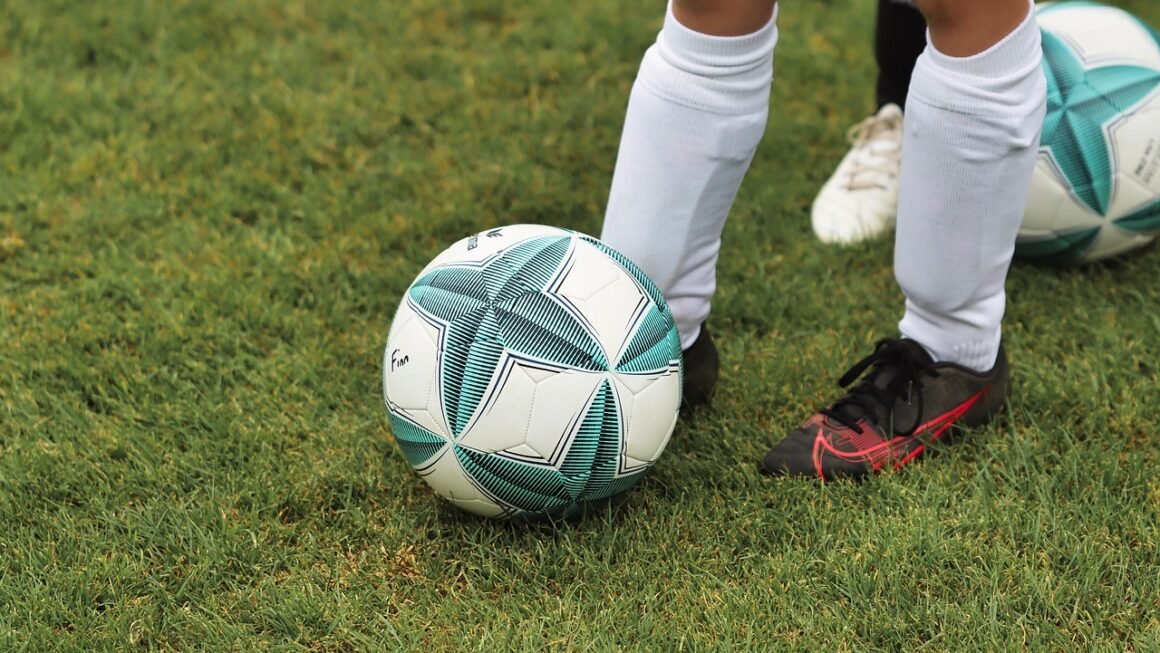Weightlifting: A Comprehensive Guide to Strength Training
Weightlifting is more than just hoisting heavy objects; it’s a journey towards enhanced physical and mental well-being. Whether you’re aiming to build muscle, improve athletic performance, or simply feel stronger in your daily life, understanding the fundamentals of weightlifting is crucial. This guide will provide you with a comprehensive overview, from the basics of getting started to advanced training techniques.
Getting Started with Weightlifting
Assessing Your Current Fitness Level
Before diving into weightlifting, it’s essential to understand your current fitness level. This involves:
- Evaluating your existing strength and endurance.
- Identifying any pre-existing injuries or limitations.
- Consulting with a healthcare professional or certified personal trainer for guidance. This is especially important if you have underlying health conditions. They can help create a safe and effective plan tailored to your needs.
Setting Realistic Goals
Having clear and achievable goals is key to staying motivated. Examples include:
- Increasing your bench press by 20 pounds in three months.
- Losing 10 pounds of body fat while gaining muscle.
- Being able to perform 10 bodyweight pull-ups.
- Remember to track your progress and adjust your goals as needed.
Choosing the Right Equipment
The equipment you’ll need depends on your goals and training style, but some essentials include:
- Barbell: For compound exercises like squats, bench presses, and deadlifts.
- Dumbbells: Versatile for a wide range of exercises and isolation work.
- Weight Plates: To load the barbell. Start with lighter weights and gradually increase the load.
- Weightlifting Bench: For bench presses and other supported exercises.
- Squat Rack: Essential for safely performing squats with heavier weights.
- Optional: Resistance bands, kettlebells, and a pull-up bar can add variety to your workouts.
Fundamental Weightlifting Exercises
Compound vs. Isolation Exercises
Understanding the difference is crucial for structuring your workouts:
- Compound exercises work multiple muscle groups simultaneously (e.g., squats, deadlifts, bench presses, overhead presses). These are the most effective for building overall strength and muscle mass.
- Isolation exercises target a single muscle group (e.g., bicep curls, tricep extensions, calf raises). These are useful for refining specific muscles and addressing weaknesses.
Key Compound Exercises
Mastering these exercises is essential for building a solid foundation:
- Squats: Works quads, hamstrings, glutes, and core. Proper form is crucial to avoid injury. Start with bodyweight squats and gradually add weight as you get stronger.
- Deadlifts: Works nearly every muscle in the body, especially back, hamstrings, and glutes. Focus on maintaining a straight back and using proper lifting technique.
- Bench Press: Works chest, shoulders, and triceps. Use a spotter when lifting heavy weights.
- Overhead Press: Works shoulders, triceps, and core. A great exercise for building upper body strength and stability.
- Rows: Works back, biceps, and forearms. Different variations include barbell rows, dumbbell rows, and cable rows.
Proper Form and Technique
- Always prioritize form over weight. Poor form can lead to injuries.
- Watch videos and read articles to learn the correct technique for each exercise.
- Consider working with a certified personal trainer to get personalized feedback and instruction.
- Start with lighter weights and gradually increase the load as your form improves.
- Record yourself performing exercises and review the footage to identify areas for improvement.
Designing a Weightlifting Program
Workout Frequency and Split
- Beginners: Start with 2-3 workouts per week, focusing on full-body workouts.
- Intermediate: Increase to 3-4 workouts per week, potentially using a split routine (e.g., upper/lower, push/pull/legs).
- Advanced: Can train 5-6 days per week with more specialized split routines.
Example Splits:
- Full Body (Beginner):
Squats: 3 sets of 8-12 reps
Bench Press: 3 sets of 8-12 reps
Deadlifts: 1 set of 5 reps (focus on perfect form) or Romanian Deadlifts: 3 sets of 10-12 reps
Overhead Press: 3 sets of 8-12 reps
Rows: 3 sets of 8-12 reps
- Upper/Lower (Intermediate):
Upper Body: Bench Press, Rows, Overhead Press, Pull-ups, Bicep Curls, Tricep Extensions
Lower Body: Squats, Deadlifts, Lunges, Leg Press, Calf Raises
- Push/Pull/Legs (Intermediate/Advanced):
Push: Chest, Shoulders, Triceps exercises
Pull: Back, Biceps, Forearms exercises
Legs: Quads, Hamstrings, Glutes, Calves exercises
Sets, Reps, and Rest
- Strength Training: 3-5 sets of 1-5 reps with longer rest periods (2-5 minutes). Focus on lifting heavy weights.
- Hypertrophy (Muscle Growth): 3-4 sets of 6-12 reps with moderate rest periods (1-2 minutes).
- Endurance: 2-3 sets of 12-20 reps with shorter rest periods (30-60 seconds).
- Listen to your body. Adjust sets, reps, and rest periods as needed based on your energy levels and recovery.
Progressive Overload
The principle of progressive overload is key to continuous improvement:
- Gradually increase the weight you lift over time.
- Increase the number of reps you perform with a given weight.
- Increase the number of sets you perform.
- Reduce rest periods between sets.
- Change the exercise variation to challenge your muscles in new ways. For example, switch from barbell squats to front squats.
Nutrition and Recovery for Weightlifting
Macronutrients
- Protein: Essential for muscle repair and growth. Aim for 0.8-1 gram of protein per pound of body weight per day. Good sources include meat, poultry, fish, eggs, dairy, beans, and lentils.
- Carbohydrates: Provide energy for your workouts. Choose complex carbohydrates like whole grains, fruits, and vegetables.
- Fats: Important for hormone production and overall health. Choose healthy fats like avocados, nuts, seeds, and olive oil.
Hydration
- Drink plenty of water throughout the day, especially before, during, and after workouts. Dehydration can negatively impact performance and recovery.
Rest and Sleep
- Aim for 7-9 hours of sleep per night. Sleep is crucial for muscle recovery and growth.
- Incorporate rest days into your training schedule to allow your body to recover.
- Consider active recovery activities like light cardio or stretching on rest days.
Supplements (Optional)
- Creatine: Can improve strength and power output.
- Whey Protein: Convenient source of protein for post-workout recovery.
- BCAAs (Branched-Chain Amino Acids): May help reduce muscle soreness.
Common Weightlifting Mistakes and How to Avoid Them
Lifting Too Much Too Soon
- Focus on mastering proper form before increasing the weight.
- Gradually increase the weight over time, rather than making large jumps.
Neglecting Proper Warm-up and Cool-down
- Warm-up prepares your body for exercise and reduces the risk of injury. Include dynamic stretching and light cardio.
- Cool-down helps your body recover after exercise. Include static stretching and foam rolling.
Ignoring Pain and Pushing Through Injuries
- Listen to your body. If you experience pain, stop the exercise and consult with a healthcare professional.
- Don’t try to push through injuries. This can make them worse.
Not Tracking Progress
- Keep a workout journal to track your sets, reps, and weight.
- Take progress photos to monitor your physique changes.
Inconsistent Training and Diet
- Consistency is key to achieving your goals. Stick to a regular training schedule and nutrition plan.
Conclusion
Weightlifting offers numerous benefits, from increased strength and muscle mass to improved overall health and well-being. By following the guidelines outlined in this comprehensive guide, you can create a safe and effective weightlifting program that helps you achieve your fitness goals. Remember to prioritize proper form, gradually increase the weight, and listen to your body. With dedication and consistency, you can unlock your full potential through weightlifting.



